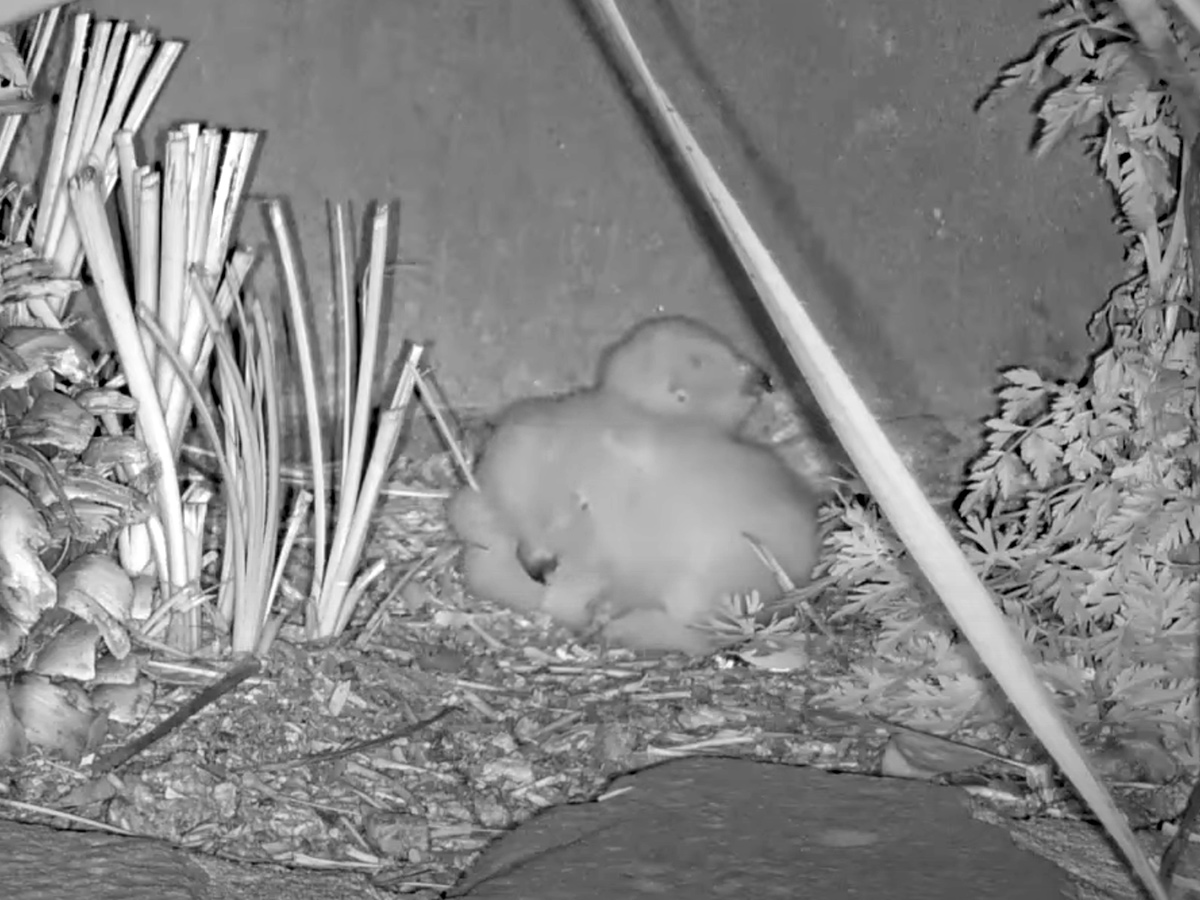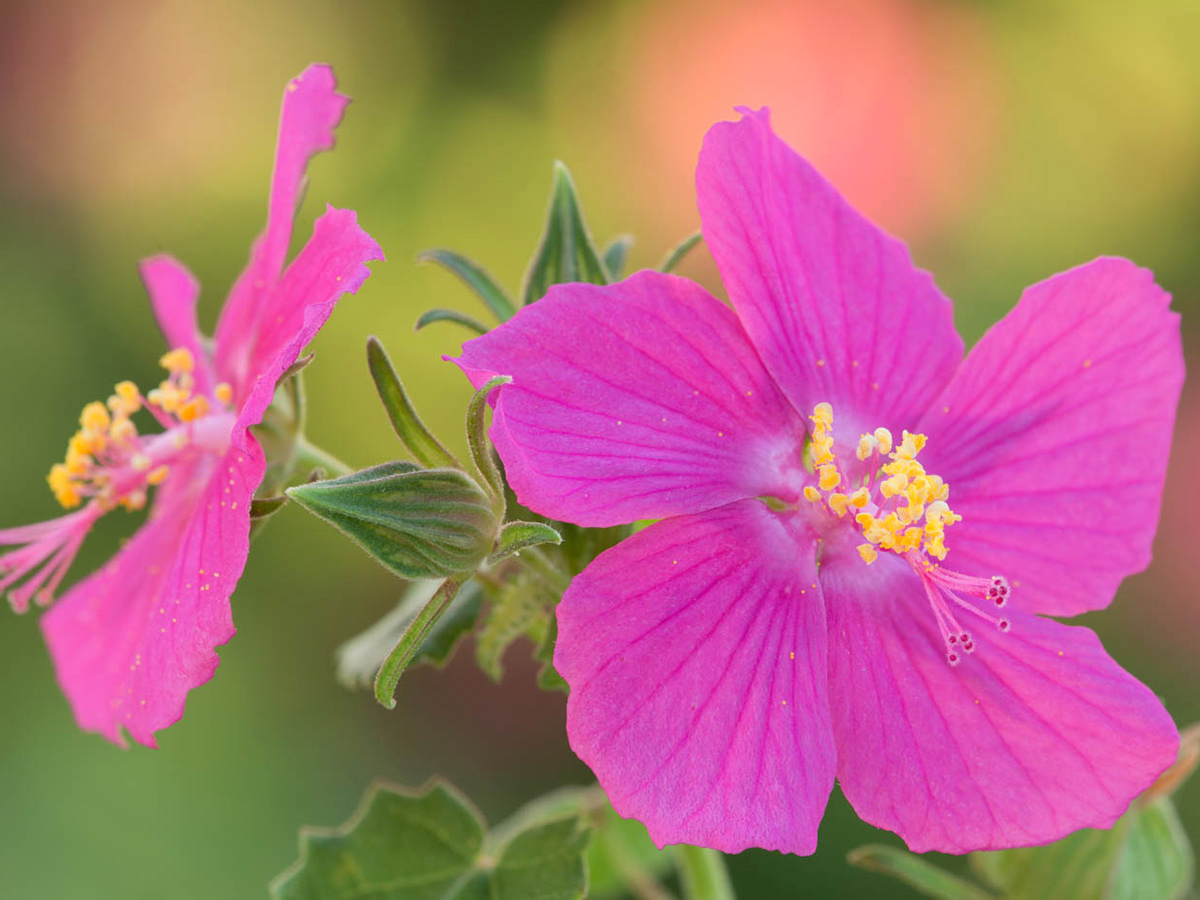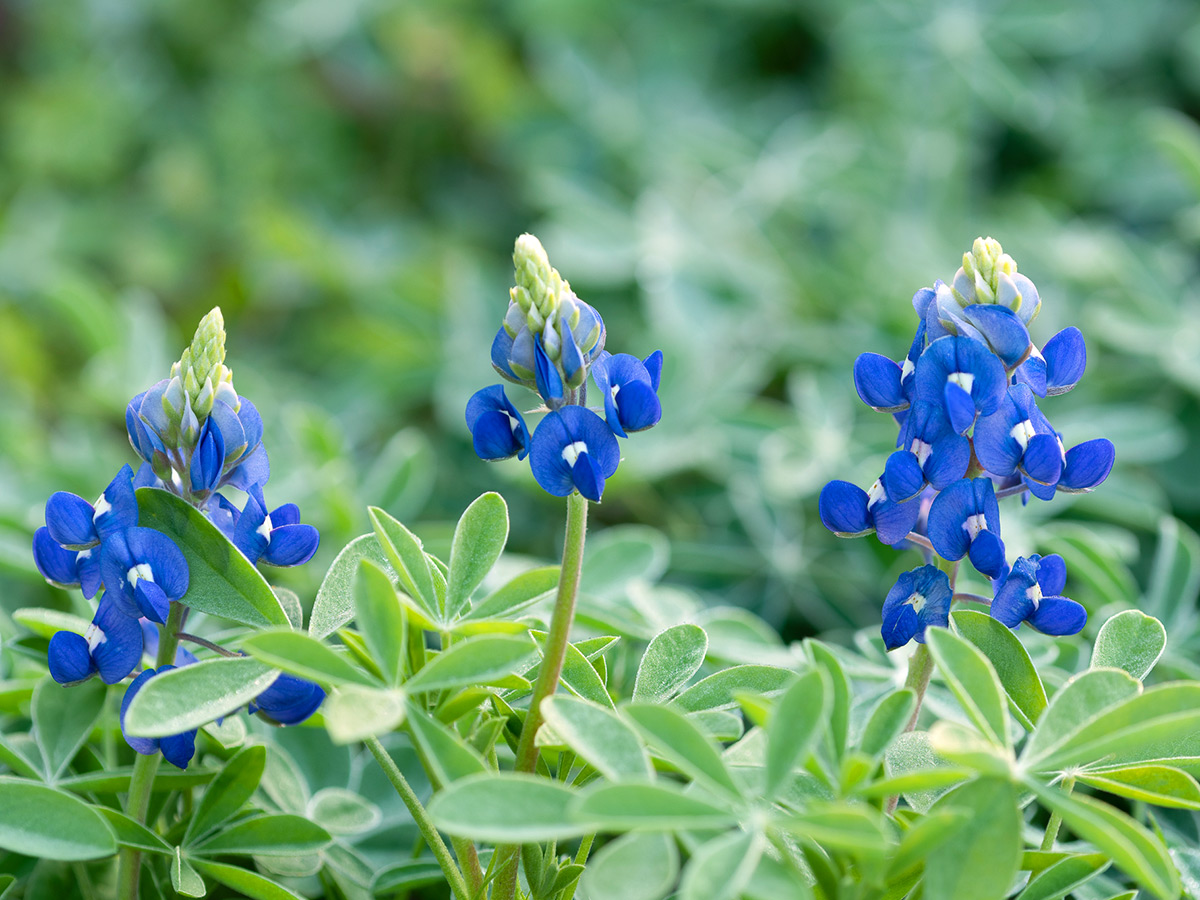PRESSROOM
New Green Roof Study
Dr. Mark Simmons from the Lady Bird Johnson Wildflower Center at The University of Texas at Austin has received $17,700 from Huntsman International to study whether the water-handling capacity of vegetated roofs can be improved for use in warmer climates.
The ecologist and others have previously shown that green roofs can markedly reduce building temperatures and, depending on their features, filter and purify pollutants out of storm water before it leaves the layers of a green roof. The 6-month study in Austin will test the ability of a foam product in one layer to hold storm water on rooftops for longer so it can nourish native plants within a layer of soil-like growing medium that rests atop the foam. If the foam produced by the chemical manufacturer improves a green roof’s water-storage capacity, it would mean less need to irrigate green roofs during sweltering summers in Austin and elsewhere in the South.
“The potential of green roofs to make a difference is greater in tropical and subtropical climates because of their building cooling and other benefits, but we need to take into account weather conditions these roofs will experience,” said Simmons, the center’s Director of Research and Consulting and a member of a City of Austin advisory group considering the feasibility of green roofs locally.
A green roof with a spongy foam layer might also hold more water during intermittent, major storms that occur in warmer climates, reducing local flooding concerns. Simmons and Yishuen Lo, a Taiwanese student in urban studies at the University’s College of Liberal Arts, will investigate this possibility using dozens of growth trays at the Wildflower Center that simulate green roof layers. The researchers will test how much water remains in these layers and how much runs off during conditions that mimic a 2-inch rain event.
Different layers of foam will be tested, with thinner layers of soil used when a thicker foam layer serves as the subsurface that plant roots can grow into. How long the foam stays wet will also be considered by measuring water capacity for several days after a simulated rain event.





